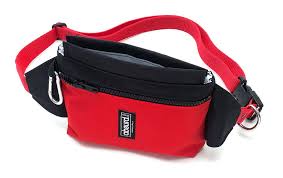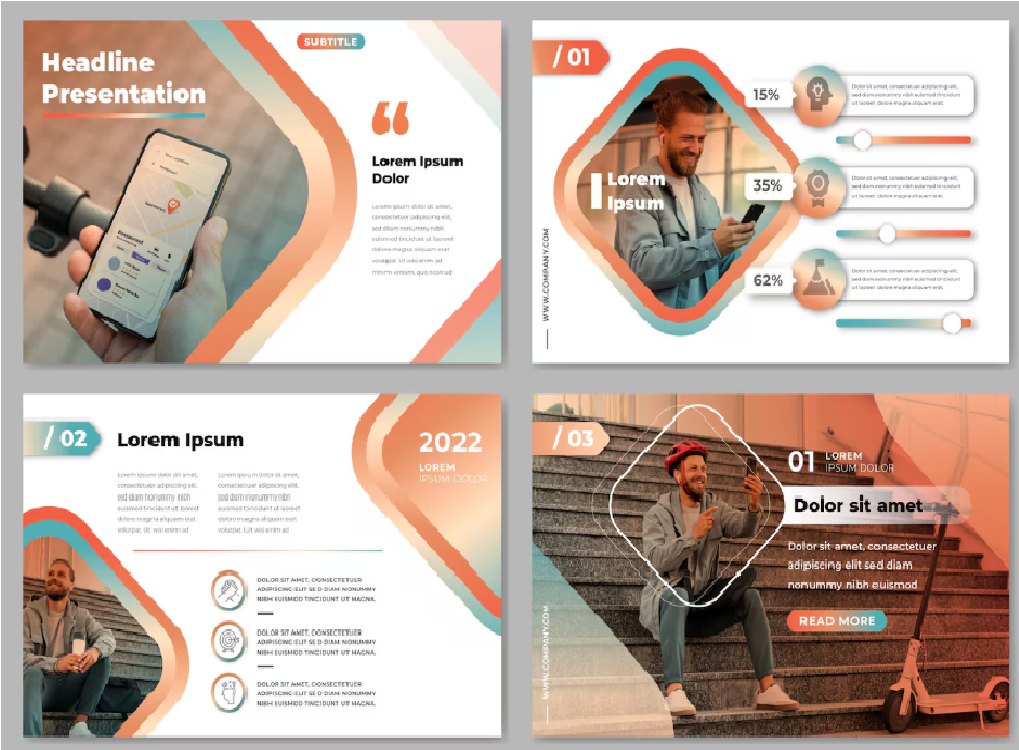The journey into the world of Futures Trading can feel overwhelming for newcomers. Market volatility, margin requirements, and rapid price changes make it essential to develop both confidence and skill before trading with real money. This is where paper trading for beginners becomes a valuable part of the learning curve. By simulating trades in real market conditions without financial risk, paper trading gives beginners a safe environment to practice and sharpen their decision-making.
This article explores how beginners can use paper trading tools effectively to understand futures contracts, develop trading strategies, and eventually move toward live futures markets with greater clarity.
Understanding the Basics of Futures Trading
Futures trading is the practice of buying and selling contracts for assets such as commodities, indices, or currencies at a predetermined future date and price. These contracts are standardized and traded on exchanges. Unlike spot trading, where assets are exchanged immediately, futures allow traders to speculate on price movements over time. This opens doors for both hedging and speculation but also adds layers of complexity that require preparation.
Beginners should take time to learn essential concepts like contract sizes, leverage, expiration dates, and settlement types. Gaining a solid theoretical understanding lays the groundwork for applying knowledge in a simulated trading environment.
What Is Paper Trading and Why Beginners Should Use It
Paper trading for beginners refers to simulated trading where you track hypothetical trades without using real money. This method allows you to test out strategies, analyze performance, and experience market conditions without risking capital. Today’s digital platforms make paper trading accessible with tools that mirror real-time market data.
The key benefit is experiential learning. Watching the market move and placing orders in a simulation brings a deeper understanding than theoretical study alone. Beginners can also get accustomed to platform interfaces, develop the discipline needed for order execution, and learn to manage emotions during market fluctuations.
How to Start Practicing Futures Trading Through Paper Trading
To get started with Futures Trading in a paper trading environment, beginners should follow a structured approach:
1. Choose a Trading Platform That Supports Futures Simulation
Several platforms offer paper trading modes with access to futures markets. While you aren’t using real capital, the interface and execution mechanics closely resemble actual trading environments.
2. Define a Trading Plan
Before placing any trades, outline a trading strategy. Decide what type of futures contracts you want to trade (e.g., crude oil, indices, currencies), what timeframe you’ll follow, and what technical or fundamental indicators you’ll rely on.
3. Set Risk Management Rules
Even in paper trading, discipline is essential. Use stop-loss and take-profit levels to practice managing trades responsibly. This habit becomes vital when transitioning to real trades.
4. Log and Review Trades
Treat your paper trades like real ones. Maintain a trade journal where you record entry and exit points, reasoning behind each trade, and lessons learned. Reviewing these logs over time helps refine your strategy.
5. Transition Gradually to Live Trading
After consistent practice, profitable performance, and confidence in execution, consider moving to live markets. Start with smaller contract sizes and manage risk prudently.
Mistakes to Avoid During Paper Trading
Beginners often make the mistake of taking paper trading less seriously because there’s no money involved. This mindset can lead to careless decisions that wouldn’t happen in real trading scenarios. Treating paper trading with the same seriousness as live trading builds valuable habits.
Another common mistake is overtrading. Since there’s no financial consequence, some beginners place excessive trades. This doesn’t reflect realistic behavior and creates a false sense of success. Instead, focus on quality setups and disciplined execution.
How Paper Trading Supports Long-Term Futures Trading Success
By simulating Futures Trading in a no-risk environment, paper trading allows beginners to experiment with various contract types, timeframes, and strategies. They can experience the psychological side of trading—fear, greed, hesitation—without financial setbacks.
This process also helps in identifying which market conditions suit their strategies. For instance, a beginner may realize their trend-following approach performs poorly in sideways markets. Paper trading gives them the freedom to discover such nuances safely.
Moreover, it builds familiarity with how order types behave, how news events impact futures prices, and how to navigate fast-moving markets. These lessons accumulate into a stronger foundation for trading real futures contracts confidently.
Conclusion
The path to becoming a competent futures trader starts with preparation, and paper trading for beginners is one of the most effective tools to support that journey. It allows aspiring traders to apply their knowledge in realistic environments, develop risk management discipline, and refine trading strategies without the pressure of monetary loss.
When used seriously and consistently, paper trading becomes a stepping stone toward professional-level Futures Trading. By focusing on practice, evaluation, and continuous improvement, beginners equip themselves with the confidence and competence needed to succeed in the futures markets over time.


